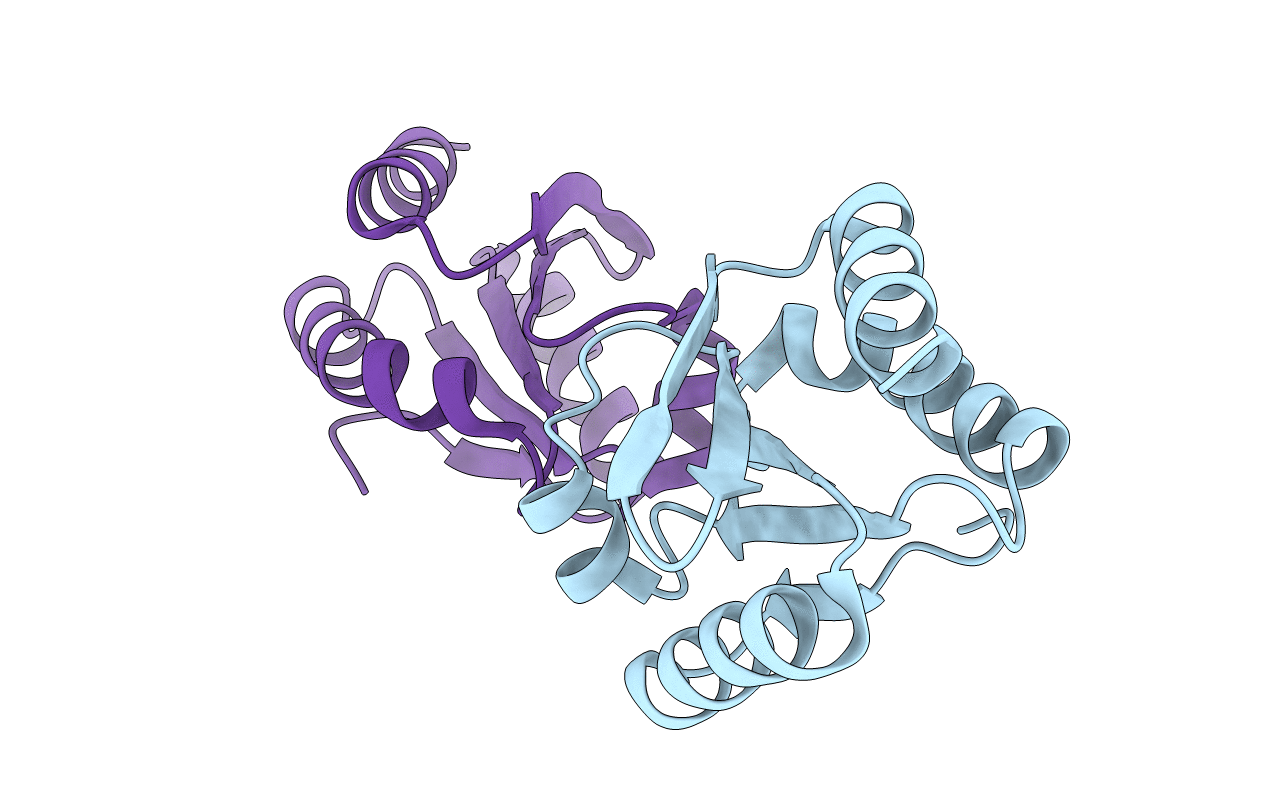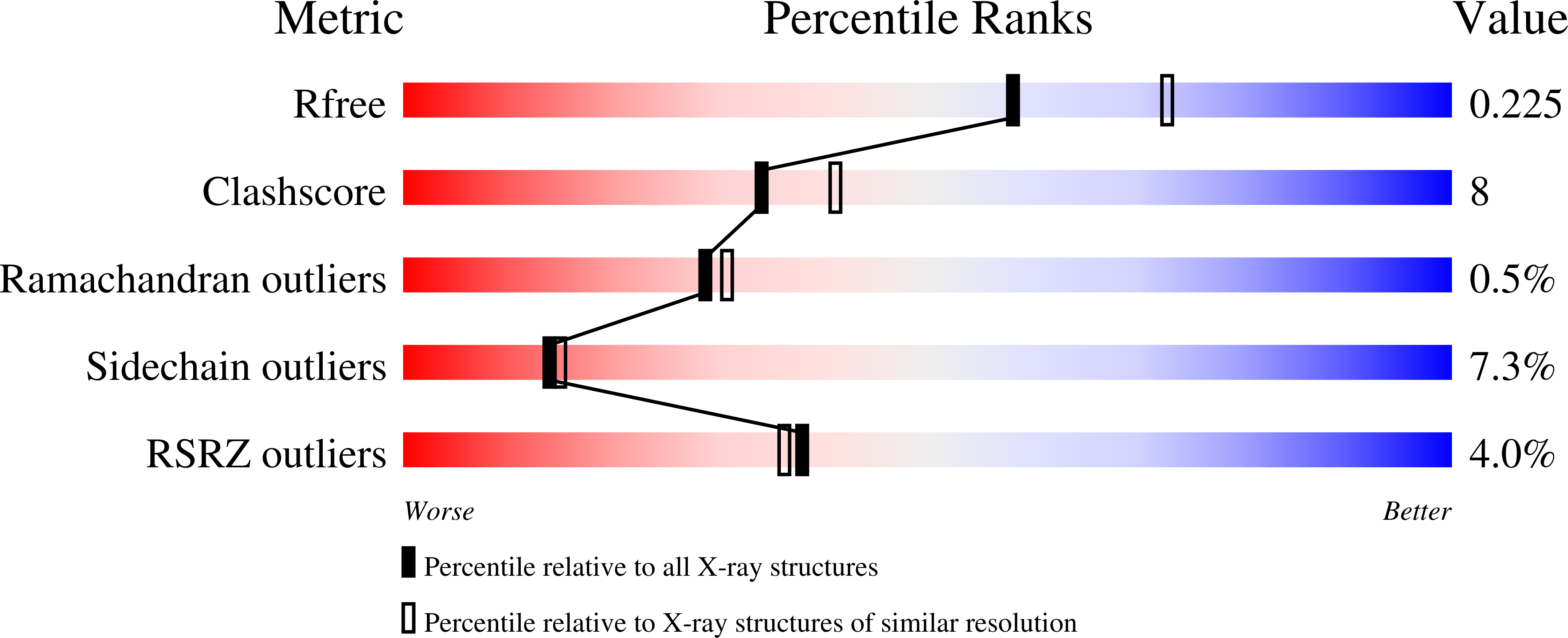
Deposition Date
2000-03-28
Release Date
2001-12-12
Last Version Date
2024-11-20
Entry Detail
PDB ID:
1EP8
Keywords:
Title:
CRYSTAL STRUCTURE OF A MUTATED THIOREDOXIN, D30A, FROM CHLAMYDOMONAS REINHARDTII
Biological Source:
Source Organism:
Chlamydomonas reinhardtii (Taxon ID: 3055)
Host Organism:
Method Details:
Experimental Method:
Resolution:
2.20 Å
R-Value Free:
0.22
R-Value Work:
0.19
Space Group:
P 31 2 1


